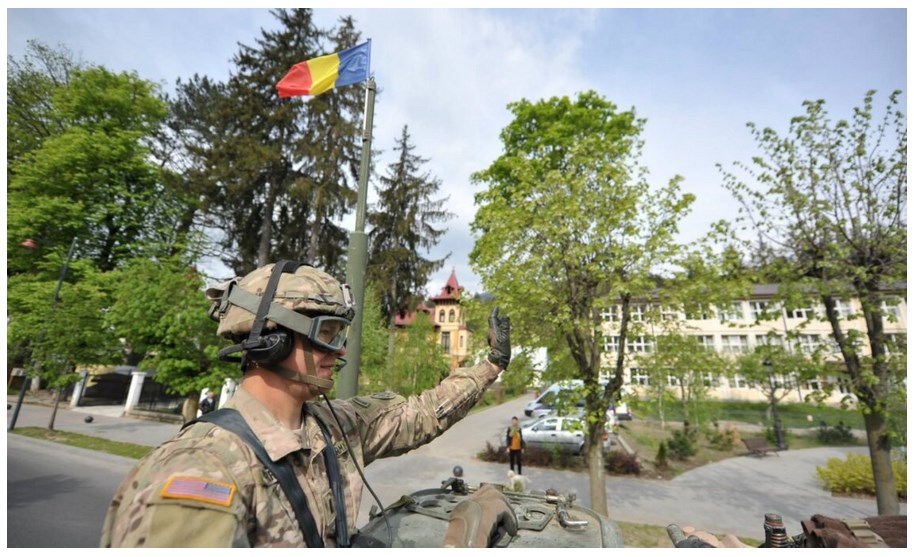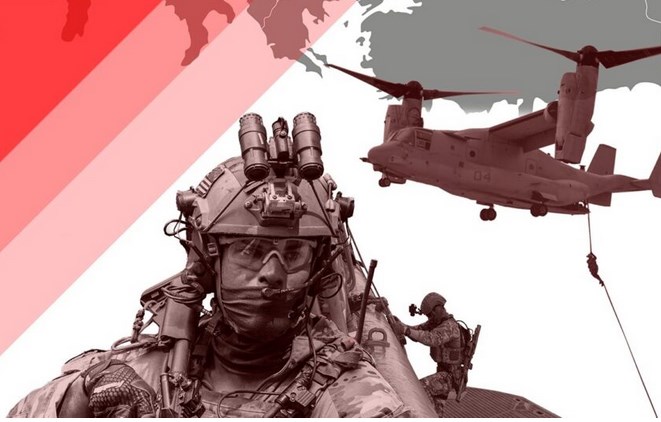This post is also available in:
![]() Română
Română

US Department of Defense
INFORMATION SHEET
Updates to support Allies in Europe
As part of our commitment to upholding the principles of a norm-based international order and the security of our NATO allies, the United States has deployed a significant number of combat-ready forces in Europe.
These forces deployed in advanced sites contribute to discouraging aggression, and if discouragement fails, they fight side by side with our Allies to maintain security and stability in Europe. By order of the President and following the recommendation of Secretary Austin, the Department of Defense will reposition certain units stationed in Europe to the east, deploy additional units stationed in the United States in Europe and maintain the alert level of the reaction forces in order to fulfill these commitments.

These forces will not fight in Ukraine. There are no permanent movements. They react to current circumstances.
We will adapt our position as these circumstances evolve and we will continue to consult closely with NATO Allies to ensure an appropriate collective stance for deterrence and defense. We welcome the recent announcements made by other Allies, including France, Spain, the United Kingdom, the Netherlands and Denmark, that they are considering further contributions to improving NATO’s position on the eastern flank.
1,000 repatriated soldiers from Germany to Romania:
As part of our broader effort to demonstrate our commitment to NATO Allies and to discourage Russian aggression, the United States is repositioning a Stryker battalion of about 1,000 American soldiers in Romania, already in the European theater of operations. 2nd Cavalry (Mechanized Infantry) Regiment, a mechanized unit stationed at Vilseck Base in Germany , during this period of increased risk. These forces complement the more than 900 American soldiers who are already in Romania under the regular rotation system.

2,000 multi-mission military “insure and deter” deployed in Poland and Germany:
In addition, the Secretary of Defense ordered the deployment of about 2,000 U.S. troops to Europe in the coming days. These include 1,700 Airborne Division 82 soldiers and key support units, which will be deployed in Poland from Fort Bragg, North Carolina, as well as about 300 Airborne Army Corps soldiers, who will travel to at Fort Bragg in Germany. The 82nd Airborne Division deploys elements of the Infantry Brigade Combat Component and essential support units in Poland. The 18th Airborne Corps deploys a command of a combined force of forces in Germany. Together, these units are trained and equipped for a range of missions to deter aggression and to secure and defend our Allies in this time of high risk. We have worked closely with our Allies in Poland and Germany to prepare for these deployments, and we appreciate their support.
8,500 troops remain in the United States ready to act:
8,500 U.S. military personnel on high alert since January 24 remain in the United States. They are not yet deployed, but remain ready for relocation if requested to support the NATO Response Force (NRF), if activated or, if necessary, in other contingents, as directed by the Secretary of Defense, or of the President. We continue to analyze the position of our armed forces and the situation in Europe, given that the gravity of this situation requires our full attention.















